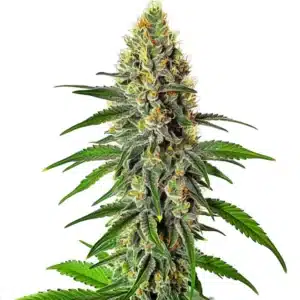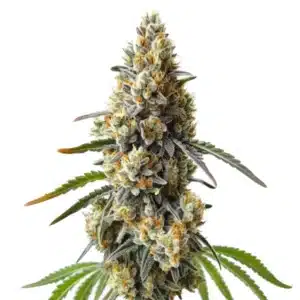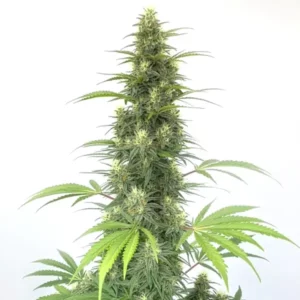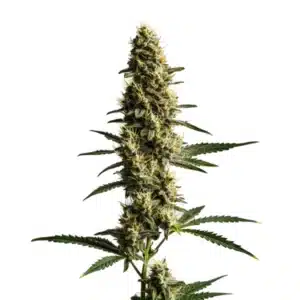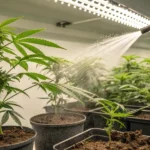
A Beginner’s Guide to the Autoflower Watering Schedule
Watering cannabis plants might seem straightforward, but when it comes to autoflowering strains, precision is key. Unlike photoperiod plants, autoflowers follow a strict life cycle and don’t rely on light schedules to flower. This means managing their water intake at each stage of growth is critical to ensure healthy plants and optimal yields. Let’s break down the ideal autoflower water schedule to help you achieve the best results and avoid common pitfalls.
Why Is a Water Schedule Important for Autoflowers?
Autoflowering cannabis plants have a shorter life cycle compared to photoperiod strains, typically progressing from seed to harvest in just 8–12 weeks. Because this accelerated timeline leaves little room for error, establishing a precise autoflower watering schedule is crucial. A consistent watering routine tailored to autos can make all the difference between a thriving plant and a lackluster yield.
Recommended Strains
Cherry AK
|
|
THC | 15% - 25% (Medium) |
|
|
Type | Feminized |
|
|
Yield | Low |
|
|
Phenotype | 30% Indica / 70% Sativa |
Cherry Ak Auto
|
|
THC | 15% - 22% (Medium) |
|
|
Type | Autoflowering |
|
|
Yield | Medium |
|
|
Phenotype | 50% Indica / 50% Sativa |
Benefits of a Proper Watering Schedule
- Prevents Overwatering and Underwatering: Too much or too little water can stunt growth and lead to nutrient deficiencies, root rot, or pest issues.
- Supports Healthy Root Development: Proper hydration promotes strong, healthy roots, which are essential for nutrient uptake and plant stability.
- Optimizes Growth at Each Stage: Tailoring the watering schedule to the plant’s needs ensures optimal growth during germination, vegetative, and flowering phases.
- Maximizes Yields: A plant that receives adequate water at the right time will produce larger, more resinous buds.
Promos & Deals
Factors That Affect the Autoflower Water Schedule
1. Growth Stage
Knowing the watering schedule for autoflowers is essential, as water requirements vary significantly depending on whether your plant is in the seedling, vegetative, or flowering stage. Knowing these differences is crucial to avoid overwatering young plants or underwatering mature ones.
2. Growing Medium
Different mediums, such as soil, coco coir, or hydroponics, have varying water retention properties. Soil retains water longer, while coco coir requires more frequent watering. Hydroponic systems demand constant monitoring but deliver precise control.
3. Container Size
Larger containers hold more water and dry out slower, while smaller pots require more frequent watering. Matching the pot size to the plant’s stage is essential. Overly large pots for small plants can lead to overwatering issues.
4. Environment
Temperature, humidity, and airflow impact how quickly the growing medium dries out. High temperatures and low humidity increase evaporation, requiring more frequent watering. Conversely, cooler, humid conditions reduce the need for frequent hydration.
5. Plant Size and Age
Larger, more mature plants consume more water due to increased root and leaf surface areas. Adjusting the schedule as your plant grows ensures it gets adequate hydration without oversaturating the roots.
The Autoflower Water Schedule by Growth Stage
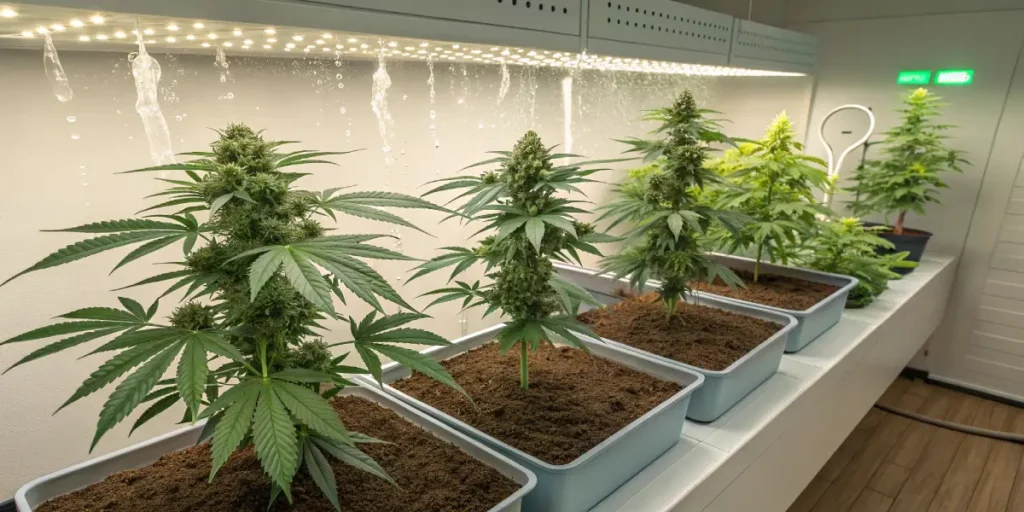
1. Germination Stage (Days 1-10)
- Water Frequency: Lightly water every 1-2 days.
- Amount: Just enough to keep the soil moist but not soaked.
- Key Tips:
- Use a spray bottle to evenly moisten the soil without disturbing the seed.
- Maintain a humidity level of 70-80% to aid seedling development.
- Ensure the medium stays consistently moist without pooling water. Germinating seeds thrive in a gentle environment.
2. Seedling Stage (Days 10-20)
- Water Frequency: Every 2-3 days or when the top inch of soil feels dry.
- Amount: Approximately 100-200 ml per watering, depending on container size.
- Key Tips:
- Start introducing nutrients at a quarter strength.
- Avoid pouring water directly onto the seedling; water around the base instead.
- Ensure proper drainage to prevent root rot. Seedlings are sensitive and require a balanced autoflower water schedule.
3. Vegetative Stage (Weeks 3-5)
- Water Frequency: Every 2-4 days.
- Amount: Gradually increase to 500-1000 ml per watering, depending on plant size and container.
- Key Tips:
- Check the weight of your pot to gauge if it needs water; a light pot indicates it’s time to water.
- Allow the top 2 inches of soil to dry before watering again.
- Monitor for signs of overwatering, such as drooping leaves, and adjust accordingly.
4. Flowering Stage (Weeks 6-12)
- Water Frequency: Every 2-3 days.
- Amount: 1000-1500 ml per watering, depending on plant size and container.
- Key Tips:
- Reduce watering frequency slightly as the plant nears harvest to avoid waterlogged buds.
- Avoid letting water sit on buds to prevent mold.
- Flush the plants with plain water during the final 1-2 weeks to remove excess nutrients and improve bud flavor. Tailoring your autoflower water schedule during flowering ensures resin-rich, aromatic buds.
Common Watering Mistakes and How to Avoid Them
Overwatering
Symptoms:
- Drooping leaves
- Yellowing or wilting foliage
- Slow growth or nutrient lockout
Solutions:
- Allow the top 2-3 inches of soil to dry before watering.
- Use pots with proper drainage holes.
- Adjust watering frequency based on environmental conditions. Consistent observation prevents overwatering issues.
Underwatering
Symptoms:
- Dry, crispy leaves
- Stunted growth
- Soil pulling away from the pot edges
Solutions:
- Water deeply to ensure the roots are adequately hydrated.
- Increase watering frequency in hot, dry environments.
- Monitor plant behavior and adjust as needed. Regular checks help avoid underwatering problems.
Using Cold or Unfiltered Water
Cold water can shock the roots, while unfiltered tap water may contain chlorine or other chemicals that harm plants.
Solutions:
- Use room-temperature, pH-balanced water (6.0-7.0 for soil and 5.5-6.5 for coco/hydroponics).
- Let tap water sit for 24 hours to allow chlorine to evaporate. Quality water is essential to support your autoflower water schedule.
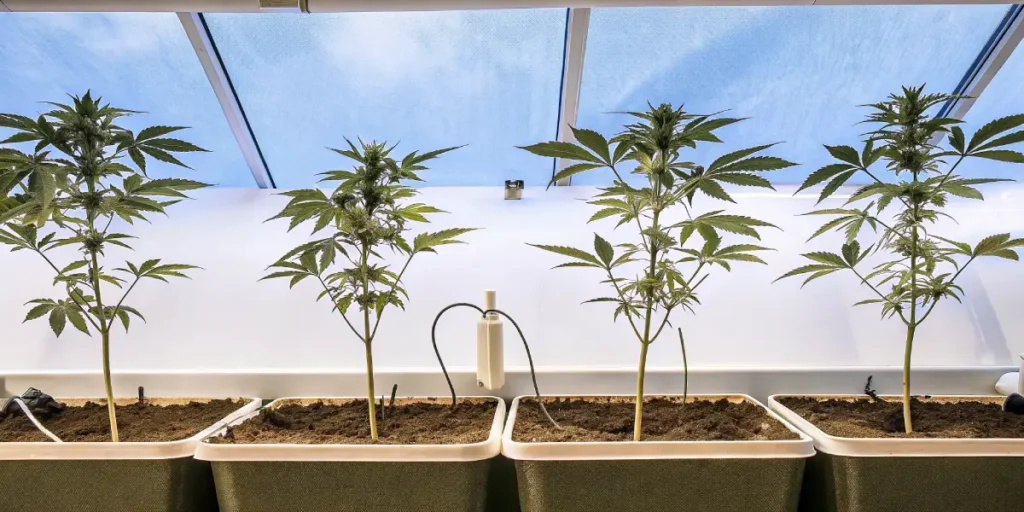
Tips for Fine-Tuning Your Autoflower Water Schedule
- Observe Plant Behavior:
- Pay attention to how your plants respond after watering. Drooping may indicate overwatering, while perked-up leaves suggest proper hydration.
- Use a Moisture Meter:
- A moisture meter can provide accurate readings to help determine when to water.
- Tailor to Your Medium:
- Coco coir dries faster and may require more frequent watering than soil.
- Adjust for Climate:
- Increase watering frequency in hot, dry climates and decrease in cooler, humid conditions.
- Don’t Forget Drainage:
- Ensure your pots have adequate drainage to prevent waterlogging and root rot. A balanced autoflower water schedule includes proper drainage practices.
FAQs About Autoflower Water Schedule
How often should I water autoflowers?
Water frequency depends on the plant’s stage, medium, and environment. On average, water every 2-4 days, ensuring the top layer of soil is dry before rehydrating.
Can I use tap water for autoflowers?
Yes, but it’s best to let tap water sit for 24 hours to evaporate chlorine. Always check the pH to ensure it’s within the appropriate range.
Should I water autoflowers at night?
No, it’s better to water in the morning or during the light cycle to allow the medium to dry and prevent excess humidity.
How do I know if I’m overwatering?
Signs of overwatering include drooping leaves, slow growth, and a consistently wet medium. Adjust watering frequency and ensure proper drainage.
Do autoflowers need flushing?
Yes, flushing during the final 1-2 weeks of flowering removes excess nutrients, improving the flavor and smoothness of your buds.


